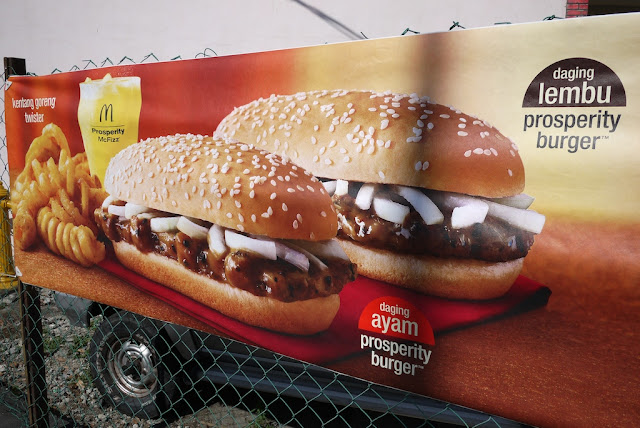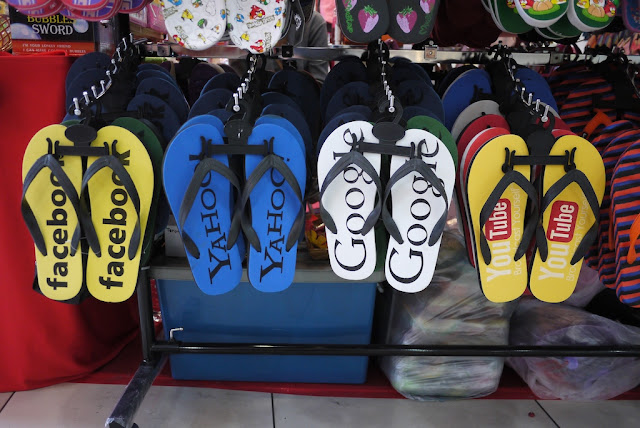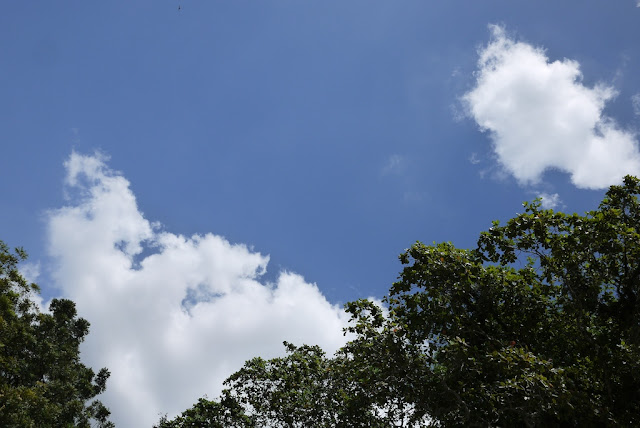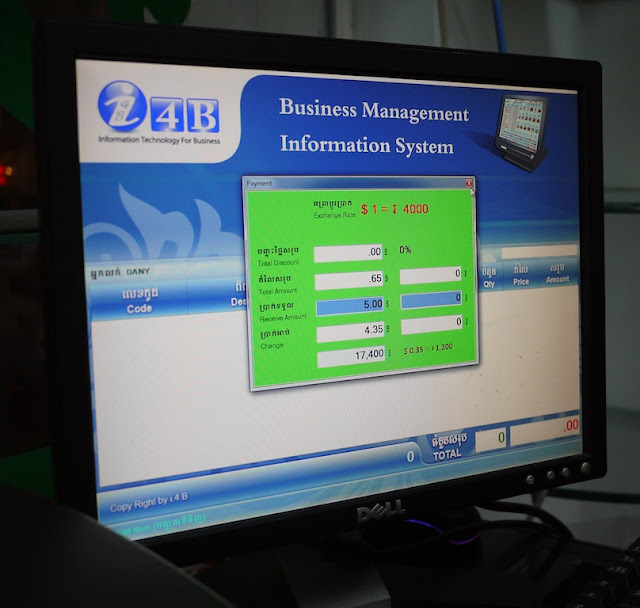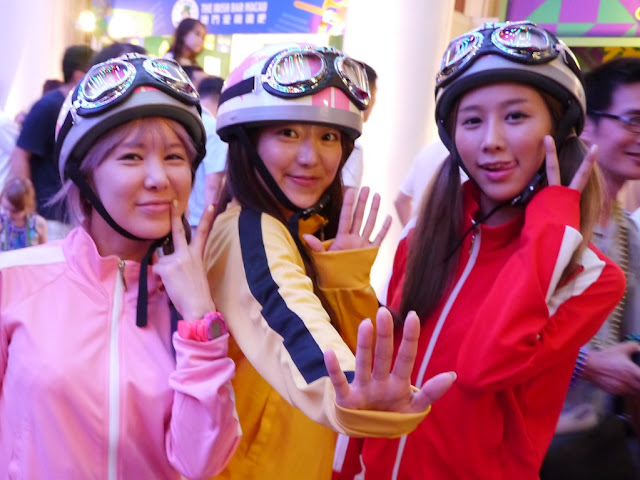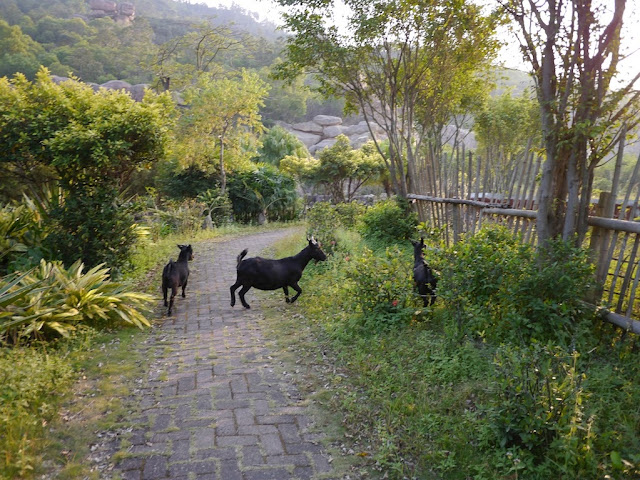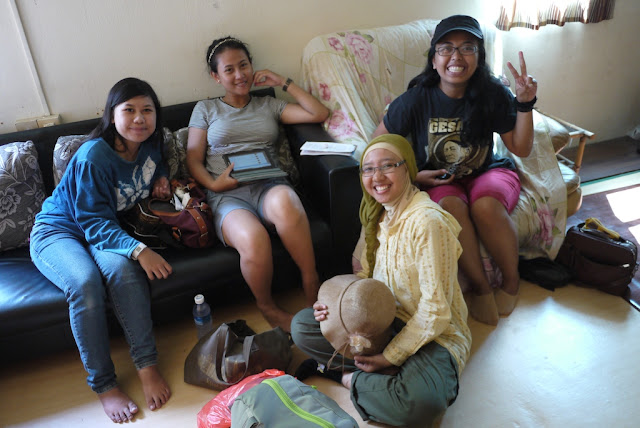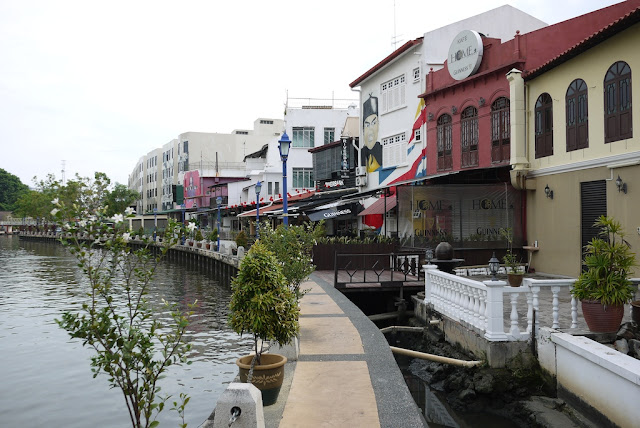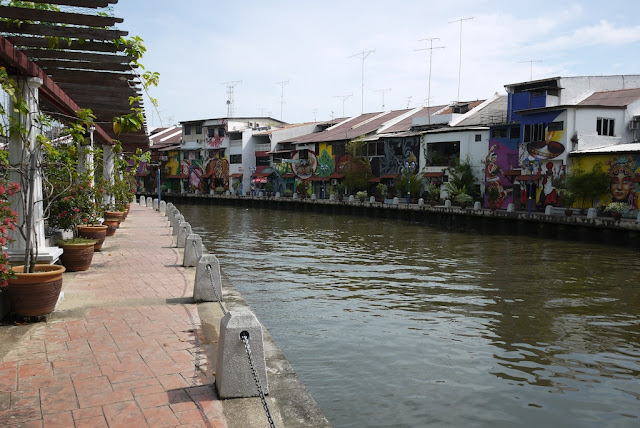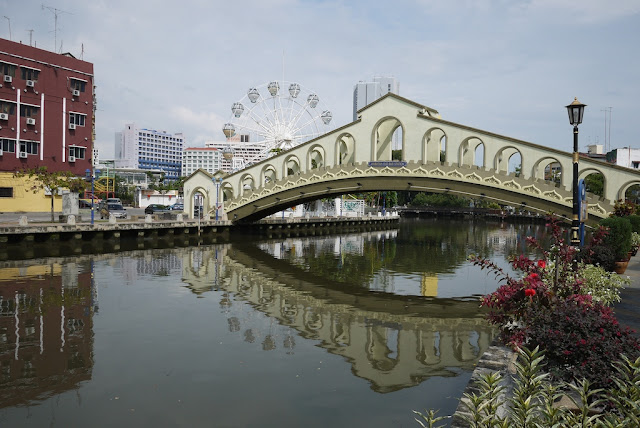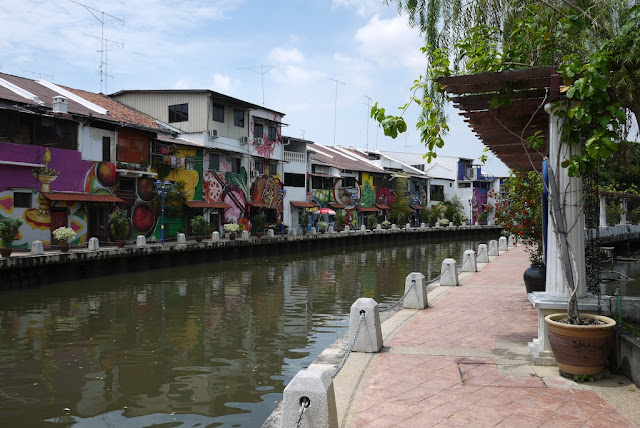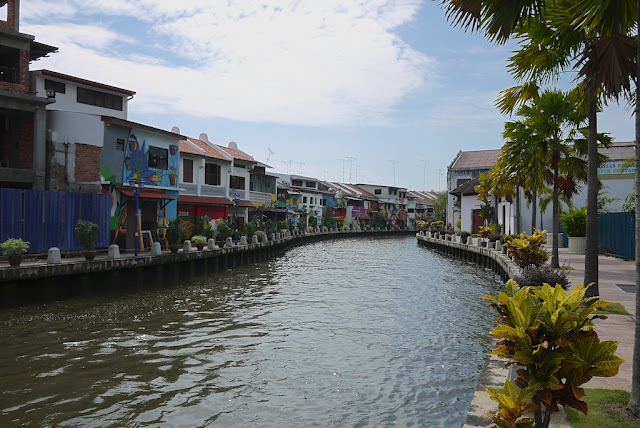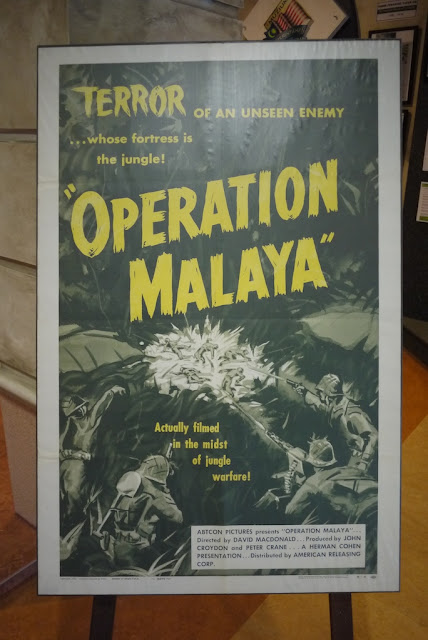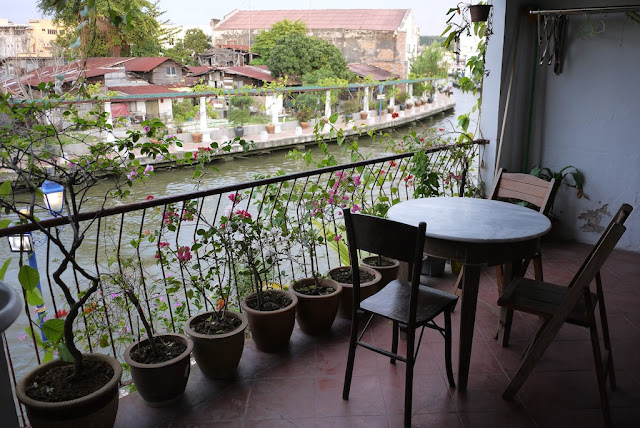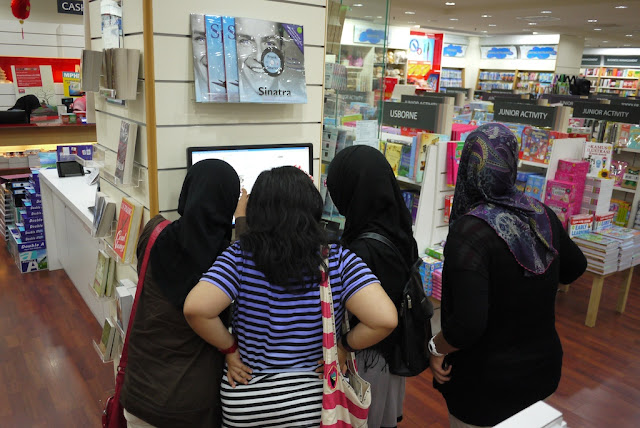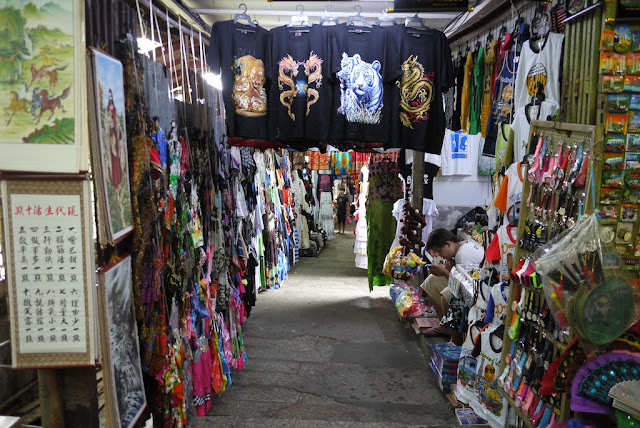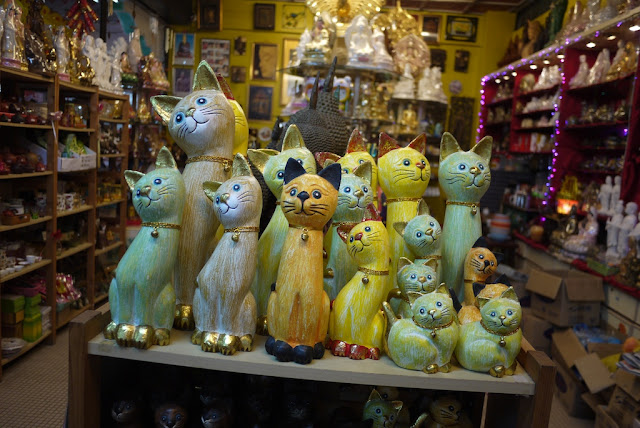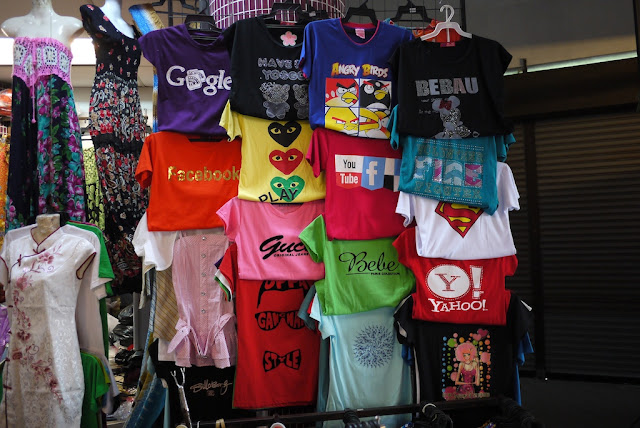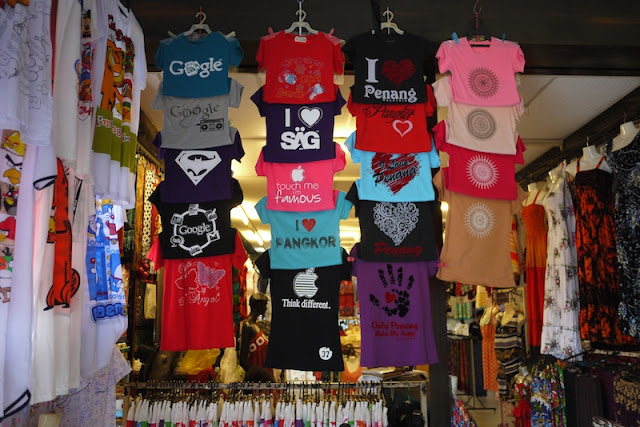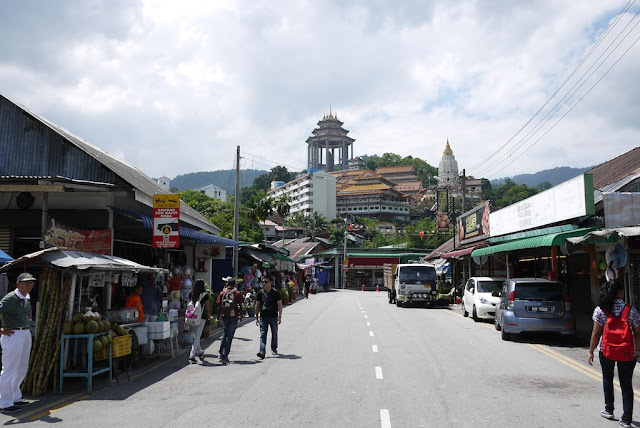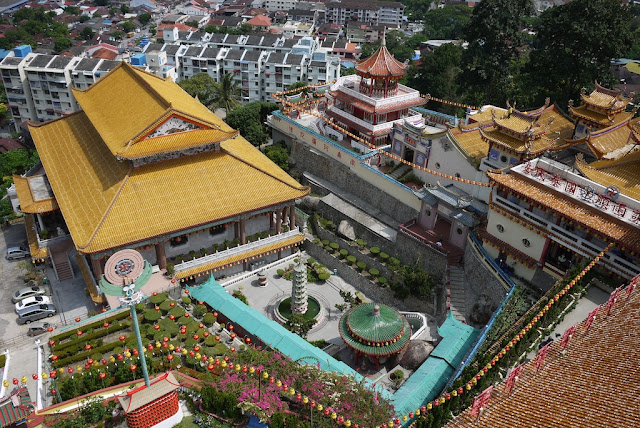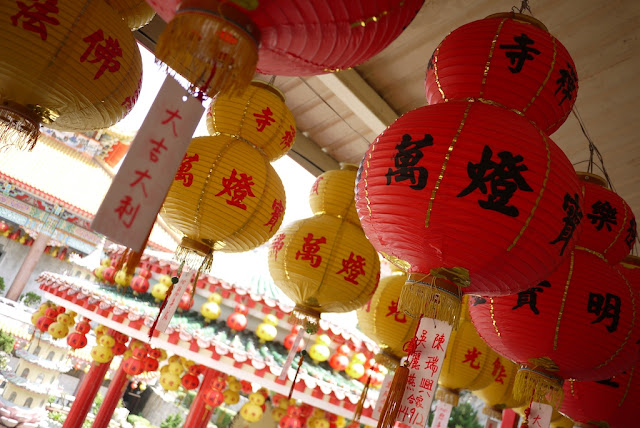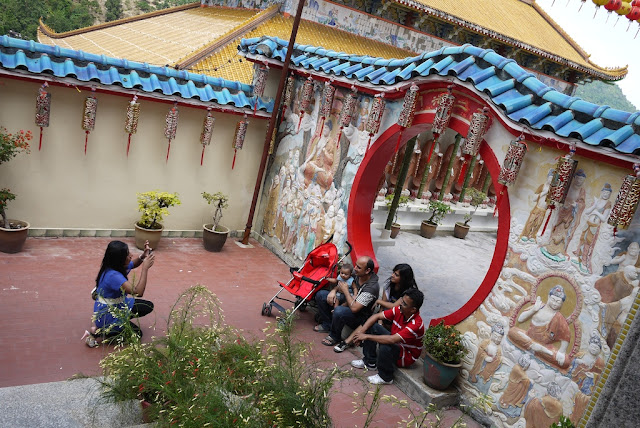With the fate of missing Malaysia Airlines flight 370 and many of the details of who knew what, when they knew it, and what actions they took still unknown, I think it's largely premature to evaluate the Malaysian-led search efforts. Thomas Fuller's article in The New York Times about the scrutiny and criticism now faced by Malaysia's leaders mentions that no country may have been fully prepared to handle the situation. Fuller raises several other interesting points, but with my mind frequently focused on China I found the story he shared about a press conference in Malaysia especially remarkable:
As Fuller points out, in addition to increasing the chance of revealing more of the truth, the recent questioning of Malaysian officials has highlighted another benefit of real press conferences:
Malaysian officials are facing challenges, both in finding a missing plane and responding to a vigorous press, rarely, if ever, faced by China's officials. Whatever mistakes may have been recently made, Malaysia should be applauded for its relative openness. A telling point will be whether Malaysia's government uses the current experience as a stepping stone for bringing about important change, including expanding the government's openness and accountability, or sees it as a sign it should follow the model of hiding behind fake press conferences.
... it was only under a barrage of intense questioning on Wednesday from a room packed with reporters who had arrived from many countries that officials acknowledged that the last recorded radar plot point showed the jet flying in the direction of the Indian Ocean — and at a cruising altitude, suggesting it could have flown much farther.An important piece of information was only brought to light because of "a barrage of intense questioning". It felt like a world far away from the one revealed in a piece by Andrew Jacobs, also in The New York Times, about government press conferences in China, which are aptly described elsewhere by James Fallows as a "charade". Using a recent Chinese press conference "which caps the annual political gathering known as the National People’s Congress" as an example, Jacobs provided details:
That raised the question of why the information had not been released earlier.
The event is staged, with the complicity of some of the most respected brands in Western journalism ...Nobody can say for sure, especially now, whether or not China's government would be better managing the current search effort for the missing plane if it were in Malaysia's shoes. But it's hard to believe China would have set up press conferences as open as Malaysia's. To some, that would be seen as an advantage, as at least implied by this tweet:
... unbeknownst to many people in China [BG: and many people elsewhere who would watch or learn about the press conference], all the questions had been vetted in advance, with foreign reporters and Foreign Ministry officials having negotiated over what topics were permissible, and then how the acceptable questions would be phrased.
This year CNN, Reuters, CNBC, The Associated Press and The Financial Times were among the outlets permitted to ask questions.
Chinese friend has completely lost patience with Malay authorities. "At least my Gvt wd lie and be competent enough to stick to it" #MH370
— Christopher Cherry (@christophcherry) March 13, 2014
As Fuller points out, in addition to increasing the chance of revealing more of the truth, the recent questioning of Malaysian officials has highlighted another benefit of real press conferences:
The government is accustomed to getting its way, and the crisis surrounding the missing plane is holding officials accountable in ways unfamiliar to them, [Malaysian lawyer] Ms. Ambiga said.More truth. More accountability. The process can be messier, but they both increase the chance for improvements beneficial to Malaysia's people.
Malaysian officials are facing challenges, both in finding a missing plane and responding to a vigorous press, rarely, if ever, faced by China's officials. Whatever mistakes may have been recently made, Malaysia should be applauded for its relative openness. A telling point will be whether Malaysia's government uses the current experience as a stepping stone for bringing about important change, including expanding the government's openness and accountability, or sees it as a sign it should follow the model of hiding behind fake press conferences.

